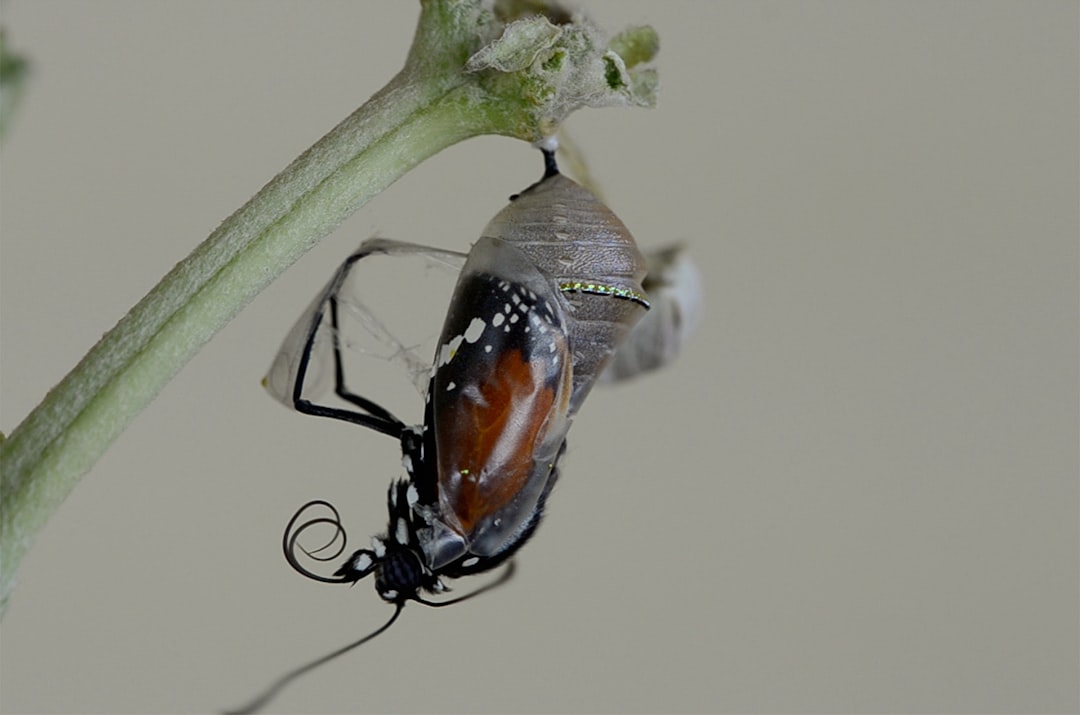Unveiling the Wonders of Hosta in Your Garden

When it comes to creating a beautiful and serene shade garden, few plants can rival the charm and versatility of the hosta. This perennial plant is a true gem, offering a wide range of varieties that can transform any dull corner of your yard into a vibrant and inviting space.
Hostas are known for their stunning foliage, which comes in an array of colors, shapes, and sizes. From the deep green leaves of the classic varieties to the variegated ones with streaks of white, yellow, or cream, there is a hosta to suit every taste and garden style. Some hostas even have ruffled or wavy edges, adding an extra touch of elegance to their appearance.
But hostas aren't just about looks. They are also incredibly easy to care for, making them a popular choice for both novice and experienced gardeners. These plants are hardy and can tolerate a wide range of growing conditions, as long as they are planted in well-drained soil and receive partial to full shade. In fact, too much direct sunlight can scorch their leaves, so it's best to find a spot in your garden that gets filtered light or dappled shade throughout the day.
One of the great things about hostas is that they come in many different sizes. You can choose from miniature varieties that are perfect for edging paths or filling in small spaces, to large specimens that can serve as focal points in your garden. Whether you have a small urban garden or a large rural property, there is a hosta that will fit right in.
When it comes to planting hostas, the first step is to prepare the soil. Dig a hole that is slightly larger than the root ball of the plant and loosen the soil at the bottom of the hole. Mix in some compost or well-rotted manure to improve the soil's fertility and drainage. Place the hosta in the hole, making sure that the crown of the plant (where the leaves meet the roots) is level with the soil surface. Backfill the hole with soil and gently firm it around the plant.
Water the newly planted hosta thoroughly to help settle the soil and encourage root growth. After that, water the plant regularly, especially during dry spells. However, be careful not to overwater, as hostas don't like to sit in soggy soil. A good rule of thumb is to water deeply once a week, or more often if the weather is particularly hot and dry.
Fertilizing hostas is also important to keep them healthy and looking their best. Apply a balanced, slow-release fertilizer in the spring, just as the new growth begins to emerge. You can also add a layer of mulch around the base of the plant to help retain moisture and suppress weeds. Organic mulches, such as shredded bark or compost, are ideal for hostas.
In addition to their beautiful foliage, hostas also produce lovely flowers in the summer. The flowers come in a variety of colors, including white, lavender, and purple, and they add a touch of elegance and fragrance to the garden. Some hostas even have fragrant flowers, which can attract bees and other pollinators.
To encourage more flowers, deadhead the spent blooms as soon as they fade. This will not only keep the plant looking tidy, but it will also redirect the plant's energy into producing more flowers. You can also divide your hostas every few years to keep them healthy and vigorous. Dividing hostas is best done in the spring or fall, when the plant is dormant.
Hostas are also relatively pest and disease resistant, but they can sometimes be affected by slugs and snails. These pests can chew holes in the leaves, leaving the plant looking unsightly. To control slugs and snails, you can use a variety of methods, such as handpicking them off the plant, setting up beer traps, or using a slug and snail bait. You can also try planting hostas in containers, which can make it easier to protect them from pests.
In conclusion, hostas are a wonderful addition to any garden. With their beautiful foliage, easy care requirements, and lovely flowers, they are sure to bring joy and beauty to your outdoor space for many years to come. So why not give hostas a try in your garden this year? You won't be disappointed!